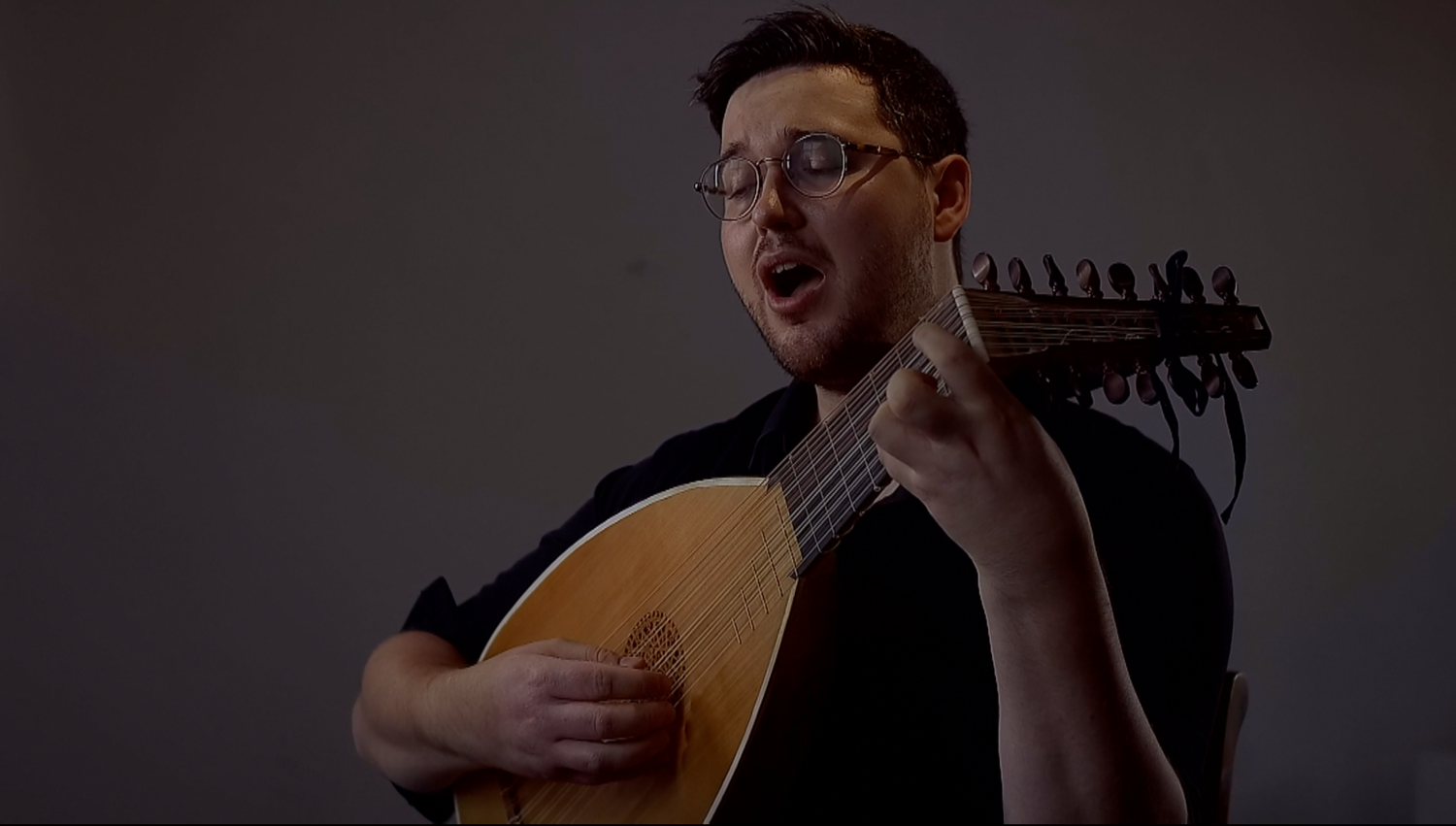top of page
Reimagining Historical Voices
Search


Thomas Elyot on Vociferation Exercises for Good Health (1595)
‘The chief exercise of the chest and vocal organs is “vociferation”, which is singing, reading, or crying [loud shouting], which has the...

Tim Braithwaite


Juan de Lucena on those who Improvise Counterpoint ‘por uso’ (1463)
‘The Music, lovely science, awakens the spirits and comforts people. There is nothing as sweet as hearing different voices intoned...

Tim Braithwaite


Fabio Orsini’s Manner of Recitation that was ‘not Completely that of one who is Reading’ (1488)
‘He then recited a heroic poem that he himself had previously written in honour of our Piero dei Medici. This [poem] was indeed his, and...

Tim Braithwaite


An Anonymous Set of Instructions for Ornamenting Plainchant (c.1475-1525)
[fol. 22r.] Chapter two: of the definition and the division of melodía Melodía is to adorn and to grace the sounds of plainchant. Melodía...

Tim Braithwaite


Andreas Ornithoparcus (1516) on Solmisation:
(Summary) The Rules of Solfaing When solfaing, the singer must be aware of the mode of the piece, since this will tell them what sort of...

Tim Braithwaite


Conrad von Zabern on those who Deviate from Notated Plainchant Melodies (1474):
‘To sing with fidelity... is to sing so that anyone of those singing together should remain in the form of those notes that were...

Tim Braithwaite


Cardinal Domenico Capranica (1400-1458) on the singers of Pope Nicholas V
‘In honour of immortal God, the Supreme Pontiff Nicholas V filled the most sumptuous sanctuary that he had erected among the papal courts...

Tim Braithwaite


Denys van Leeuwen on Late Fifteenth-Century Liturgical Singing, Translated by Robert Redman (1533)
‘Whether descant may be commendable in the divine service, and of certain things which ought to be eschewed in song. Like as it is...

Tim Braithwaite


Hieronymus de Moravia (late 13th century) on the use of Harmonic Flowers in Chant
‘The harmonic flower [flos harmonicus] is, however, an ornament of the voice or sound, and a very fast and storm-like vibration. Some...

Tim Braithwaite


Adhémar de Chabannes on French and Italian Articulation (11th c.)
‘All the singers of France have learnt the Italian style that they now call ‘French’, but cannot express perfectly the tremulous...

Tim Braithwaite


Notker of St Gall's Letter Describing the Significative Letters
Notker sends greeting to brother Lantbert.
At your request, I have taken pains to explain as well as I could...

Tim Braithwaite


Johannes Tinctoris on 'Counterpoint' and 'Res Facta' (1477)
‘Moreover, simple as much as diminished counterpoint is made in two ways, that is, either in writing or mentally. Counterpoint...

Tim Braithwaite


Fermatas in Fifteenth-Century Polyphony: A Notated Cadenza
A Gloria from an unknown mass setting by Estienne Grossin. Check out the ossia cadenza!

Tim Braithwaite


John of Salisbury on Florid Singing (12th Century)
‘It pollutes the very practice of devotion that in the sight of God... by the debauchery of their wanton voices, by their self-display,...

Tim Braithwaite
bottom of page
